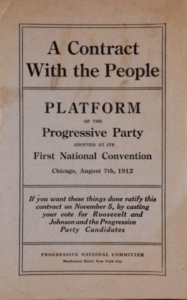 In 2018, progressive Governor Mark Dayton will be retiring, and Minnesota voters will be selecting a new chief executive. To retain control of the Governor’s office in 2018, Minnesota Democrats need a compelling policy agenda. It goes without saying that they also need a compelling candidate, but this discussion is about policy.
In 2018, progressive Governor Mark Dayton will be retiring, and Minnesota voters will be selecting a new chief executive. To retain control of the Governor’s office in 2018, Minnesota Democrats need a compelling policy agenda. It goes without saying that they also need a compelling candidate, but this discussion is about policy.
What constitutes a compelling policy agenda? First, it’s bite-sized. It can be quickly consumed and remembered by casually engaged voters. It’s more like five proposals, not fifty proposals. That doesn’t mean leaders should only do five things as a governor, but it does mean that they should only stress and repeat five-ish policies as a candidate, so that the agenda can be remembered.
Second, a compelling policy agenda delivers relatively bold change. It’s not merely about protection of the status quo from the bad guys, or small incremental improvements (see HRC campaign). It’s aspirational, and not limited to ideas that currently have the necessary votes to pass. If a candidate has to scale it back after elected, so be it. But they should run with a bold vision.
Third, a compelling policy agenda needs to have popular support beyond the political base. After all, a campaign agenda is about winning votes.
Fourth, it’s is easy to understand. Few have the time or inclination to study the intricacies of a 15-point tax reform plan, so candidates should stick to things that most can easily grasp and embrace.
Finally, a compelling policy agenda must be directed at Minnesota’s most pressing problems. It shouldn’t merely be about kowtowing to the most powerful interest groups, as is so often the case. It must actually be about the problems that most need fixing.
What fits those criteria? In no particular order, here’s my recommendation for a progressive gubernatorial candidate’s agenda.
- MinnesotaCare for All Option. Allow all Minnesotans to buy into the MinnesotaCare public health insurance program. This will put competitive pressure on private insurance companies to keep premiums down, and ensure Minnesotans will always have a coverage option, even if health plans pull out of the market.
- Transportation Jobs Fund. Increase the gas tax by a nickel per gallon — one penny per gallon per year over five years — and put the proceeds into an untouchable fund that will put Minnesotans to work improving the state’s roads, bridges and transit system. This will lift up the portion of the workforce that is struggling the most, and ensure Minnesota has a competitive economy and quality-of-life into the future.
- Achievement Gap Prevention Plan. Ensure every child under age five has access to a high quality early learning program, starting with the children who can’t afford those programs on their own. This will prevent low-income children from falling into Minnesota’s worst-in-the-nation achievement gaps, gaps that opens before age two, lead to lifelong inequity and pose a grave threat to our economic competitiveness.
- Fair Share Tax. Create a new, higher tax bracket for the wealthiest 10% of Minnesotans. During a time when income inequality is the worst it has been since just prior to the Great Depression (1928), the wealthiest Minnesotans are paying a lower share of their income in state and local taxes. Adjusting the state income tax is the best way to remedy that disparity.
- Super-sized Rainy Day Fund. Increase the size of the state’s rainy day fund by 25%. This will control taxpayers’ borrowing costs and help keep Minnesota stable in the face of 1) an economy that, after the longest period of economic expansion in history, may be due for a downturn and 2) a federal government that is threatening to shift many fiscal burdens to states. Bolstering the rainy day fund will also communicate to moderate voters that a progressive will be a level-headed manager of their tax dollars.
Yes, worthy issues are left off this agenda. But we’ve seen time and again that when Democrats try to communicate about everything, they effectively communicate about nothing. Long, complex “laundry list” policy agendas may please the interest groups who are constantly lobbying the candidates and their staffs, but they are simply too much for busy voters to absorb. As legendary ad man David Ogilvy preached, “the essence of strategy is sacrifice.” To be heard, many things must be left unsaid.
This kind of progressive gubernatorial policy agenda would be simple enough to be understood and remembered, but not simplistic. It would be relatively bold and visionary, but not pie-in-the-sky. It would be progressive, but swing voter-friendly.
This agenda would put Republican opponents in a political bind, because these progressive proposals are popular with moderate swing voters. The partial exception is the Transportation Jobs Fund, where swing voters are conflicted. Surveys tell us that gas taxes are somewhat unpopular, particularly in exurban and rural areas, but the transportation improvements that would be funded by the higher gas tax are very popular with voters of all political stripes, as are jobs programs. On that front, one key is to guarantee that tax proceeds could only be spent on improvements, something many skeptical voters seem to doubt.
If such an agenda were sufficiently repeated and stressed by a disciplined candidate, fewer Minnesotans would be lamenting that they “have no idea what Democrats stand for.” Most importantly, this agenda also would go a long ways toward fixing some of Minnesota’s most pressing problems.

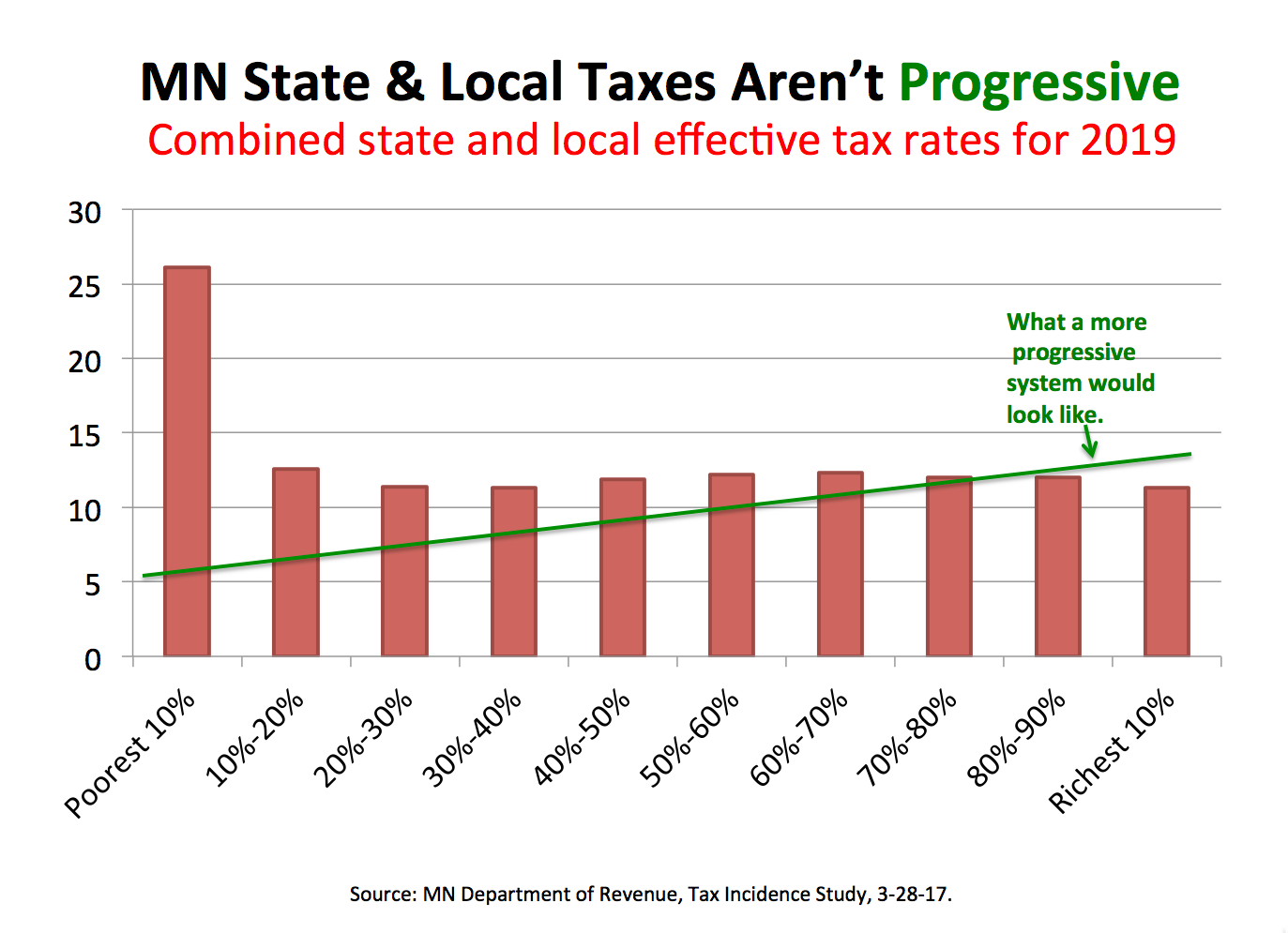
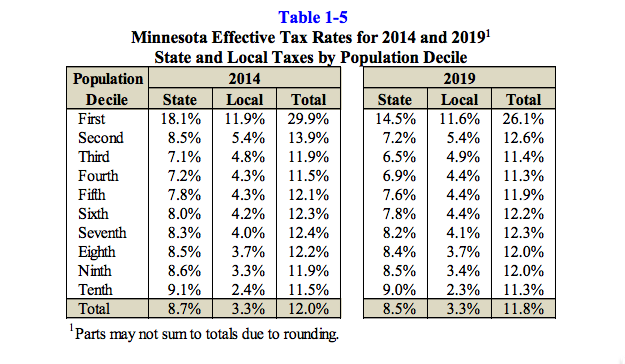
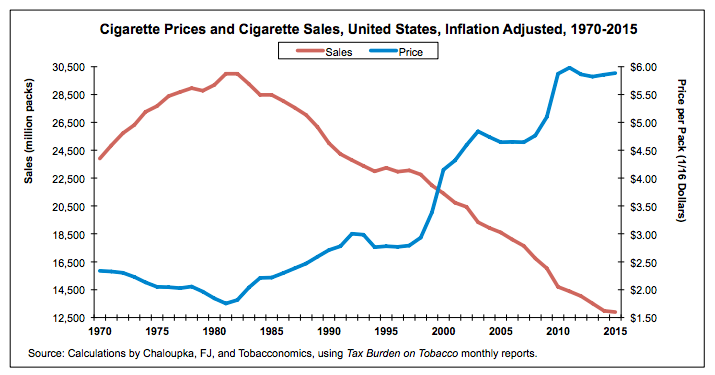
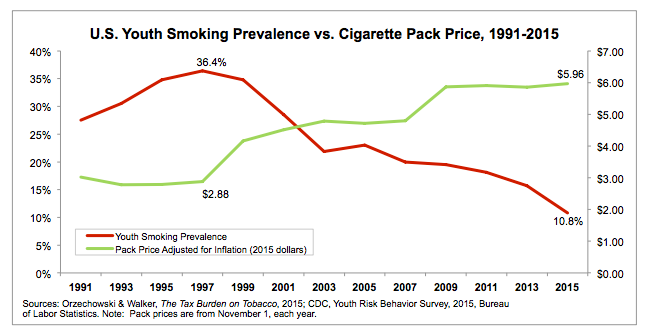
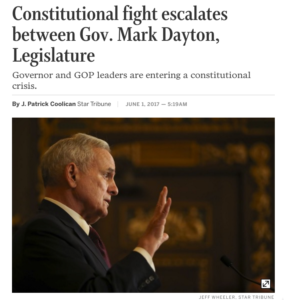
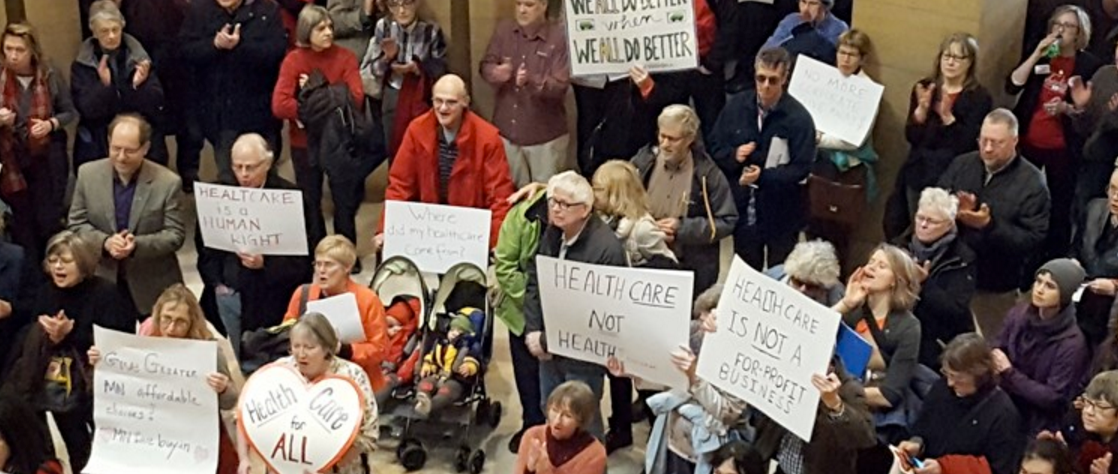
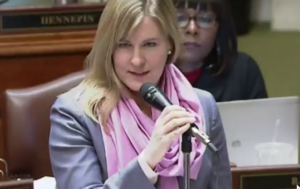 When it comes to
When it comes to 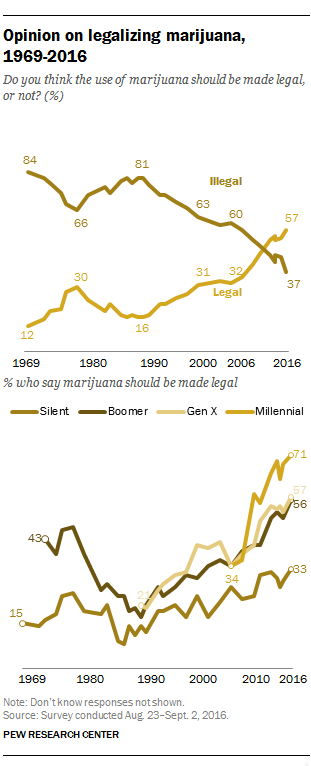 I recently wrote to Minnesota legislators to ask them to end marijuana prohibition, as many states have recently done. The responses I’ve received have been disappointing, not because they disagreed with me, but because they were utterly vacuous.
I recently wrote to Minnesota legislators to ask them to end marijuana prohibition, as many states have recently done. The responses I’ve received have been disappointing, not because they disagreed with me, but because they were utterly vacuous.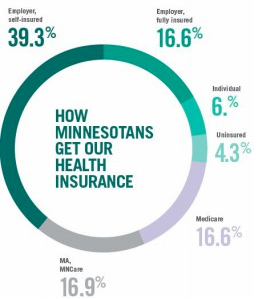 Out on the campaign stump, Republicans say they want more health plan options than are currently available. They want health insurance companies to feel more competitive pressure to keep a lid on premiums. They want consumers to have a broad network of health care providers available to them. They want assurances that there will always be at least one solid coverage option available to every Minnesotan, even when health insurance companies decide to pull out of the marketplace, as they have in recent years. Those are all good goals.
Out on the campaign stump, Republicans say they want more health plan options than are currently available. They want health insurance companies to feel more competitive pressure to keep a lid on premiums. They want consumers to have a broad network of health care providers available to them. They want assurances that there will always be at least one solid coverage option available to every Minnesotan, even when health insurance companies decide to pull out of the marketplace, as they have in recent years. Those are all good goals.
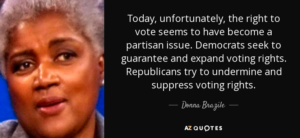 When it comes to the Minnesota DFL’s attempt to bar Donald Trump’s name from appearing on Minnesota ballots, the party is making a mistake by focusing on the could versus the should.
When it comes to the Minnesota DFL’s attempt to bar Donald Trump’s name from appearing on Minnesota ballots, the party is making a mistake by focusing on the could versus the should.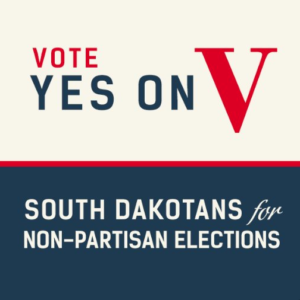 When I heard about the constitutional amendment on the South Dakota ballot to make all
When I heard about the constitutional amendment on the South Dakota ballot to make all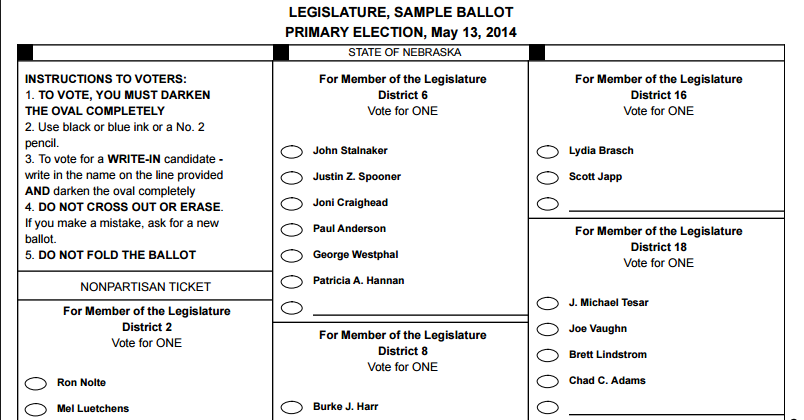
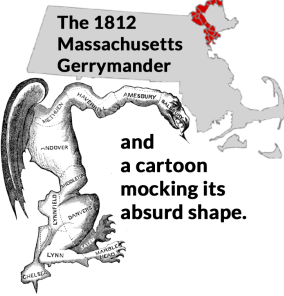 Once every ten years, all states redraw state and congressional legislative district lines, so that the new boundaries reflect population changes that have occurred in the prior decade. In both Minnesota and South Dakota, elected state legislators draw those district map lines, and the decision-making is dominated by leaders of the party or parties in power.
Once every ten years, all states redraw state and congressional legislative district lines, so that the new boundaries reflect population changes that have occurred in the prior decade. In both Minnesota and South Dakota, elected state legislators draw those district map lines, and the decision-making is dominated by leaders of the party or parties in power.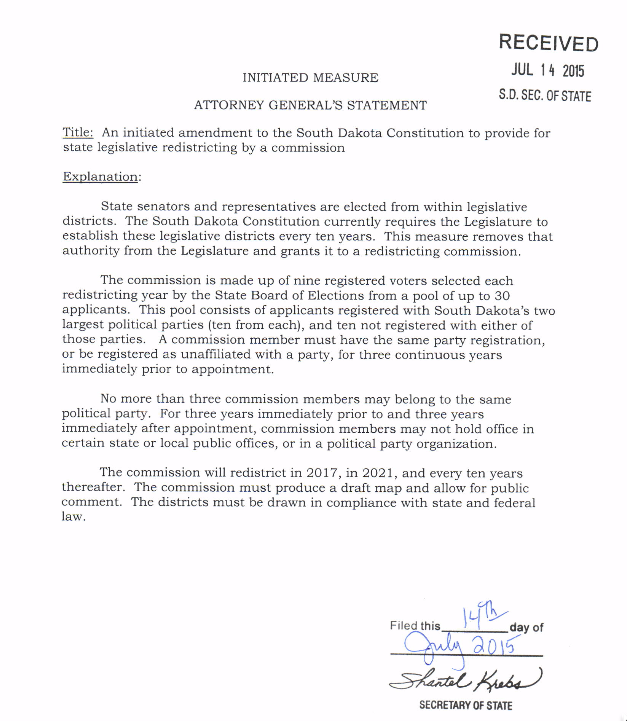 The basic rationale behind Amendment T is this: Elected officials have a direct stake in how those district boundaries are drawn, so giving them the power to draw the maps can easily lead to either the perception or reality of self-serving shenanigans.
The basic rationale behind Amendment T is this: Elected officials have a direct stake in how those district boundaries are drawn, so giving them the power to draw the maps can easily lead to either the perception or reality of self-serving shenanigans.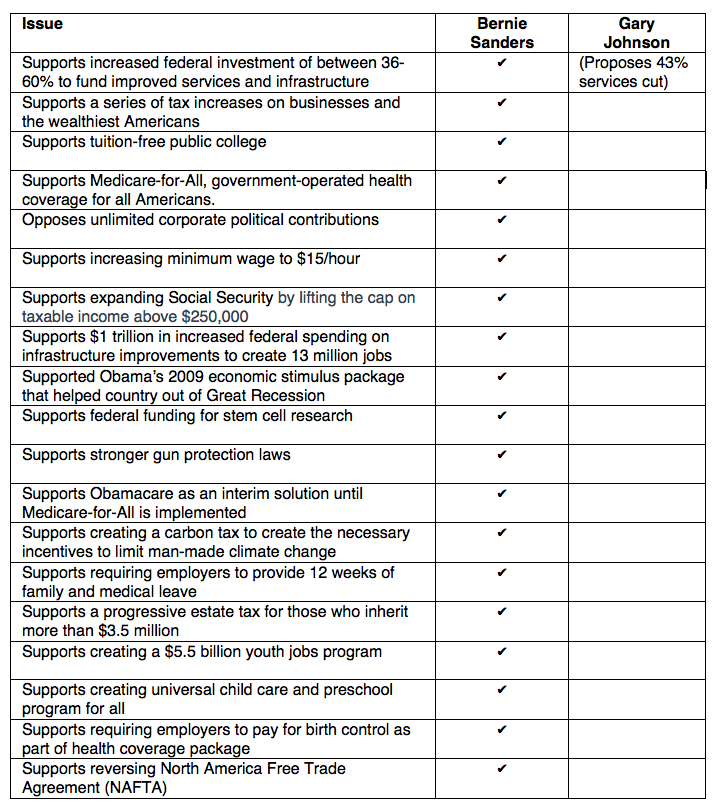
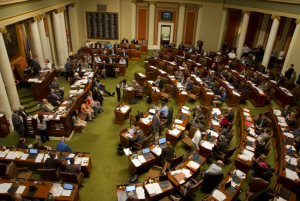 DFL state legislators are an awfully unpopular bunch. According to an August 2015 Public Policy Polling (PPP)
DFL state legislators are an awfully unpopular bunch. According to an August 2015 Public Policy Polling (PPP) 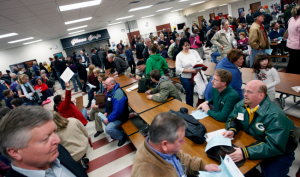 On March 1, Minnesota’s two major political parties will select its presidential nominees with a caucus system. Iowa will use a similar system in just a few days. So maybe we should take a moment to consider who gets the most and least representation out of this system.
On March 1, Minnesota’s two major political parties will select its presidential nominees with a caucus system. Iowa will use a similar system in just a few days. So maybe we should take a moment to consider who gets the most and least representation out of this system. The messenger is the message. If a professor delivers a message, it tends to sound objective, studied and evidence-based. If an elder statesman delivers a message, it tends to sound thoughtful, even-handed and rational. If a reporter of a credible news outlet delivers a message, it tends to sound legitimate, consequential, and relevant.
The messenger is the message. If a professor delivers a message, it tends to sound objective, studied and evidence-based. If an elder statesman delivers a message, it tends to sound thoughtful, even-handed and rational. If a reporter of a credible news outlet delivers a message, it tends to sound legitimate, consequential, and relevant.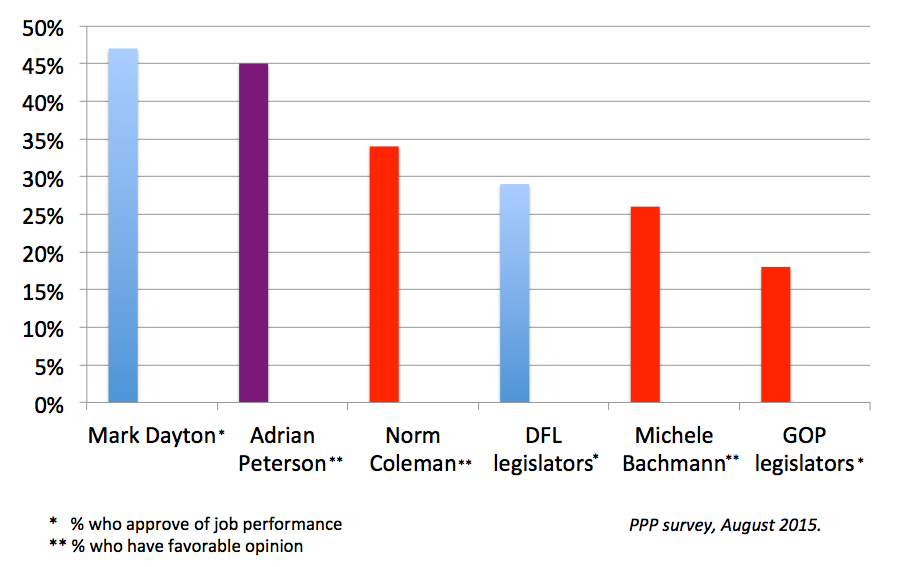
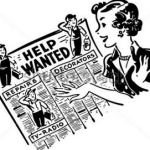 Become a member of our dynamic Minnesota House of Representatives team! We are seeking candidates with deep professional experience, strong educational background, extensive community ties, impeccable personal ethics and morals, outstanding interpersonal skills, uncommon diplomatic acumen, stellar leadership qualities, deep policy expertise in several different areas, and a highly photogenic family. Come associate your good name with an organization that has the approval of a historically low
Become a member of our dynamic Minnesota House of Representatives team! We are seeking candidates with deep professional experience, strong educational background, extensive community ties, impeccable personal ethics and morals, outstanding interpersonal skills, uncommon diplomatic acumen, stellar leadership qualities, deep policy expertise in several different areas, and a highly photogenic family. Come associate your good name with an organization that has the approval of a historically low 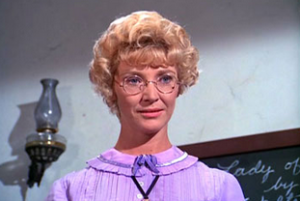 As a case study, consider how the left often treats teachers. Listening to Democrats talk about teachers, you would think that every last one of them is a cross between saintly Miss Beadle from the television series Little House on the Prairie series and life-changing John Keating from the film Dead Poet’s Society. Anyone who has spent time in the public school system understands that the reality is more complicated. Teacher quality ranges the full gamut from excellent to poor, as is the case with every profession on the planet.
As a case study, consider how the left often treats teachers. Listening to Democrats talk about teachers, you would think that every last one of them is a cross between saintly Miss Beadle from the television series Little House on the Prairie series and life-changing John Keating from the film Dead Poet’s Society. Anyone who has spent time in the public school system understands that the reality is more complicated. Teacher quality ranges the full gamut from excellent to poor, as is the case with every profession on the planet.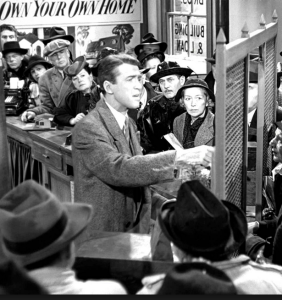 Republicans also have many Untouchables that they fail to regulate responsibly. Listening to the right talk about business people, or ”job creators” as their PR gurus
Republicans also have many Untouchables that they fail to regulate responsibly. Listening to the right talk about business people, or ”job creators” as their PR gurus  Anybody who has followed my lunatic rantings knows that I’m an unabashed wealth redistributin’, Wall Street regulatin’, minority rightsin’, carbon tradin’, Keynesian spendin’, Medicare-for-Allin’, tree-huggin’, consumer protectin’, Pentagon cuttin’, infrastructure rebuildin’, union supportin’, monopoly bustin’, education investin’ liberal.
Anybody who has followed my lunatic rantings knows that I’m an unabashed wealth redistributin’, Wall Street regulatin’, minority rightsin’, carbon tradin’, Keynesian spendin’, Medicare-for-Allin’, tree-huggin’, consumer protectin’, Pentagon cuttin’, infrastructure rebuildin’, union supportin’, monopoly bustin’, education investin’ liberal.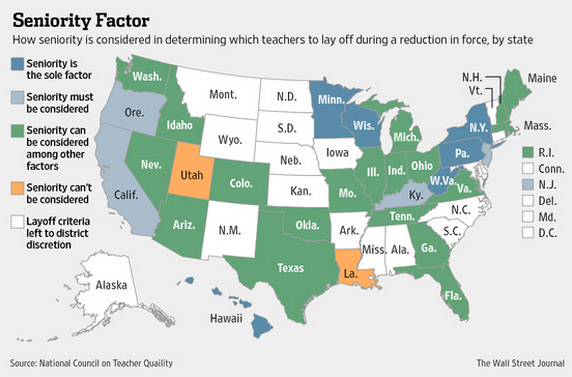 A talented young teacher who is successfully improving kids’ learning automatically should be mandated to be the first to be fired? That’s putting kids first? That’s pro-teacher? That’s pro-education? That’s respecting the teaching profession? That’s helping struggling low-income school districts, who have a disproportionate share of younger teachers? That’s liberal?
A talented young teacher who is successfully improving kids’ learning automatically should be mandated to be the first to be fired? That’s putting kids first? That’s pro-teacher? That’s pro-education? That’s respecting the teaching profession? That’s helping struggling low-income school districts, who have a disproportionate share of younger teachers? That’s liberal?